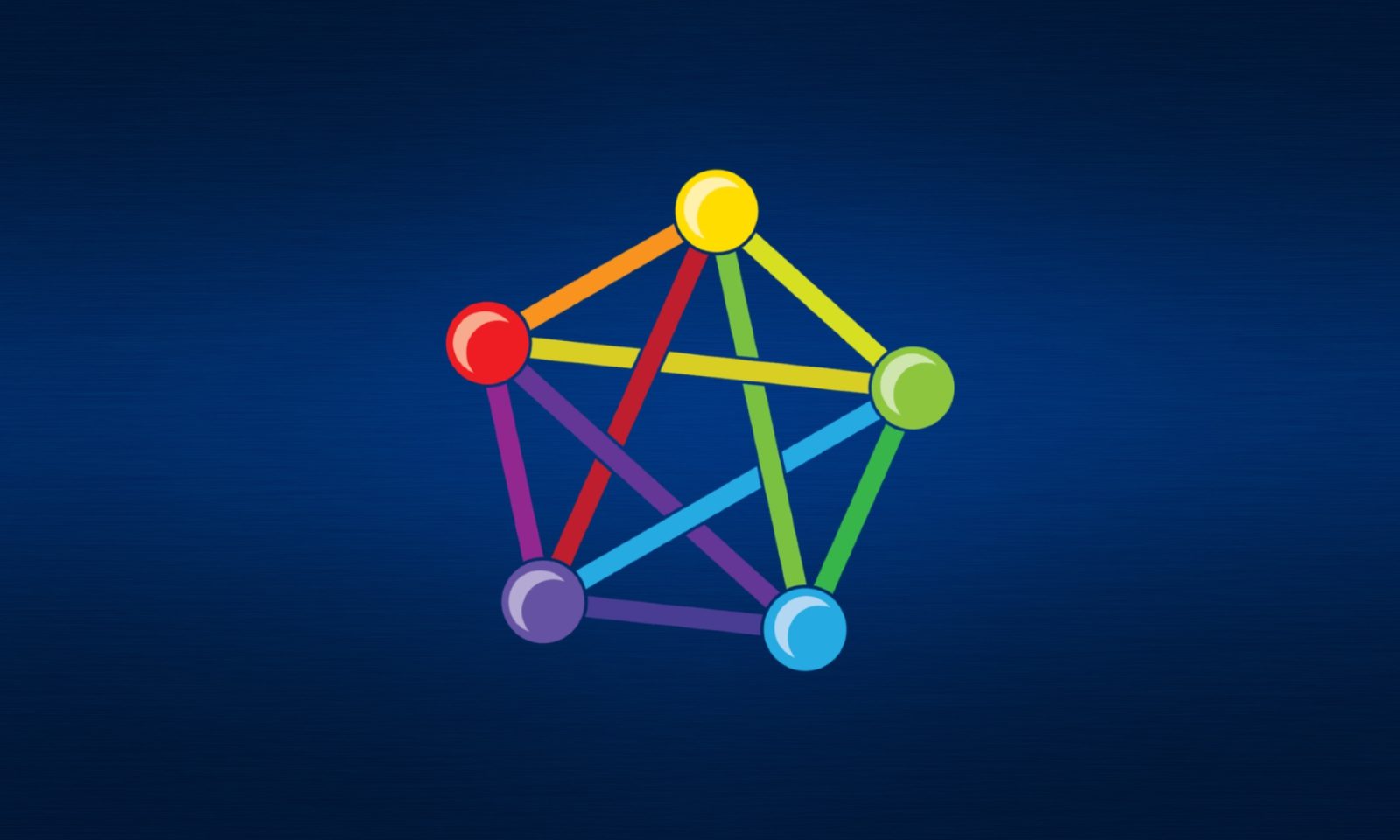At Runbox, we believe that email should be sustainable, secure, and private. In a world where many major email providers are part of sprawling ecosystems that track your every move and monetize your personal data, we’ve taken a different approach. We provide a service that focuses solely on one thing: your email. No distractions, no ads, and absolutely no data mining. Just email.
As an independent email provider based in Norway, we are proud to offer a service that places your privacy and security first. With over two decades of experience, we’ve built Runbox with a simple mission in mind: to provide a reliable, privacy-respecting email service that empowers you to communicate freely and securely. You know where your data is stored (and it’s not floating around in the cloud).


















